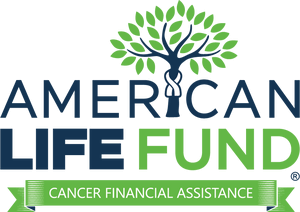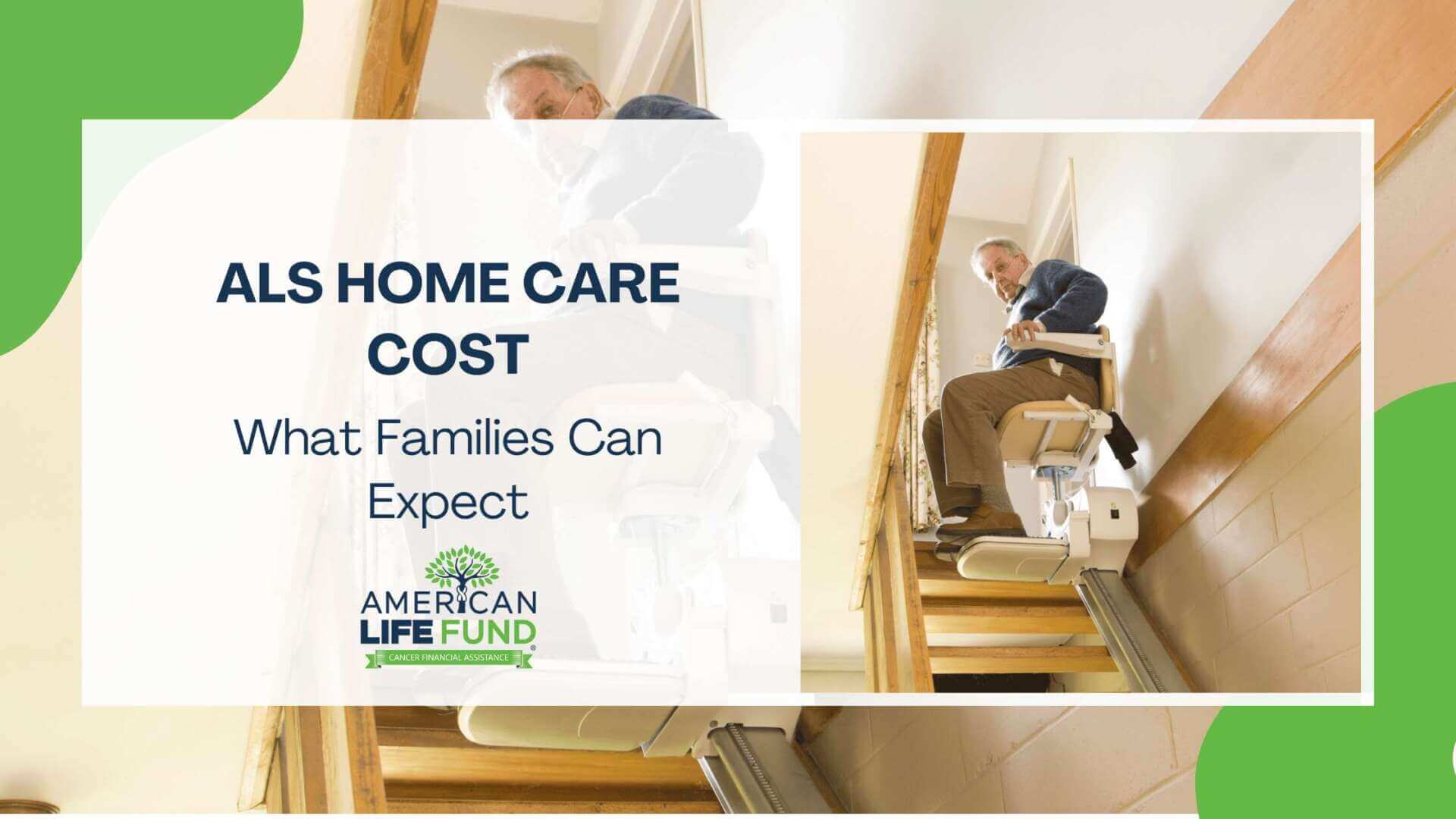Amyotrophic lateral sclerosis transforms houses into care centers, and the financial planning required can rival a second mortgage.
The true ALS home care cost often shocks families the moment they begin planning. On average, people diagnosed with ALS can face medical expenses and home modifications totaling $30,000 to $50,000 a year, not including in-home care or the indirect costs of lost income. These numbers grow as the disease progresses, requiring more durable medical equipment, specialized ALS medications, and even structural changes to the home itself. ALS patients and their caregivers quickly realize that traditional health insurance, Medicare coverage, and even social security disability insurance may cover part of the bill, but coverage gaps, co payments, and other limits remain.
For families living with amyotrophic lateral sclerosis, speed matters. Preparing a house for ALS care isn’t something that can wait for years while insurance approvals, financial assistance programs, or piecemeal support services trickle through. A large lump sum of cash, secured quickly, allows many families to manage medical costs, complete urgent home modifications, and cover ongoing healthcare costs without delay. That single step gives both patients and their loved ones the breathing room to focus on living, rather than on chasing fragmented financial resources.
American Life Fund helps ALS patients access immediate cash through viatical settlements, turning life insurance into funds for care, comfort, and dignity.
Living Room & Entryways
Falls are one of the leading causes of injury for people with ALS, and cluttered entryways or narrow passages amplify that risk. Studies show that wheelchair accidents in the home often happen at thresholds or when trying to turn in confined spaces. Safety starts here, and it comes with tangible costs.
- Widened doorways: $800–$1,200 per doorway
- Permanent ramp installation: $2,000–$5,000; portable ramps $300–$800
- Non-slip flooring or threshold leveling: $1,000–$3,500
- Lift chairs for safe seating: $1,000–$2,500
Bathroom
According to the CDC, more than 200,000 bathroom-related injuries send Americans to the ER each year. For ALS patients, the risk multiplies when mobility weakens. Beyond safety, there’s privacy: no one wants to rely on a caregiver for every moment in the bathroom. A remodel here restores both independence and self-esteem, though it comes at one of the highest price tags.
- Roll-in shower installation: $8,000–$15,000
- Grab bars and safety rails: $200–$600 installed
- Raised toilet or safety frame: $150–$500
- Full accessibility remodel: $20,000–$25,000
Bedroom
Fatigue and weakness turn the bedroom into more than a place to rest, it becomes the center of daily ALS care. Transferring from bed to chair without proper equipment is a top source of caregiver injuries, and strained backs or falls often shorten how long family members can realistically provide support. Adding lifts and hospital beds protects both patients and caregivers, while creating a space where comfort feels normal, not clinical.
- Hospital bed: $2,000–$5,000 purchase, or $200–$400 per month rental
- Overhead lift system: $3,000–$7,000 installed
- Portable patient lift: $1,500–$3,000
- Room conversion to ground floor: $5,000–$10,000
Kitchen & Dining Areas
The kitchen is the heart of many homes, but it can also become a symbol of loss when people diagnosed with ALS can no longer cook, reach appliances, or share meals comfortably. Small changes like pull-down shelving preserve a sense of control, while larger renovations restore access to daily routines. Without these, the emotional toll of feeling excluded from a family meal can weigh as heavily as the medical expenses themselves.
- Lowered countertops and sinks: $5,000–$15,000
- Pull-down cabinet systems: $1,000–$2,000 per unit
- Side-opening oven: $1,500–$3,500
- Wheelchair-accessible refrigerator: $2,500–$5,000
Hallways & Stairs
When a two-story home becomes divided by stairs, it can trap someone with ALS on a single level. That separation impacts daily life, missing out on bedrooms, showers, or even family gatherings upstairs. Research from the ALS Association notes that many families underestimate the emotional strain of confinement, which is why lifts and widened halls become critical not just for access, but to keep someone with ALS from feeling isolated.
- Stair lift: $3,000–$10,000 depending on length and turns
- Residential elevator: $20,000–$50,000
- Hallway widening: $1,500–$5,000 per section
- Annual maintenance for lifts: $200–$400
Garage & Exterior
Getting outside often defines freedom for people living with ALS. Whether it’s traveling to appointments, visiting friends, or simply enjoying the weather, mobility starts in the garage and yard. For some, especially veterans diagnosed with ALS, benefits may offset a portion of these costs, but for many families they’re still daunting. Without these modifications, even short trips become exhausting or impossible, eroding independence.
- Vehicle lift or van modification: $15,000–$30,000
- Concrete wheelchair paths: $3,000–$7,000
- Automatic entry doors: $1,500–$3,000
- Weather-protected ramp systems: $4,000–$8,000
Contact American Life Fund today to get a large lump sum cash payment in weeks!
ALS Patients and Viatical Settlements: One Lump Sum When It Matters Most
When a family starts paying for ALS treatment, the bills don’t wait. A powered wheelchair can cost $20,000. Home health care averages $25 to $40 per hour, which can climb to $100,000 a year. Add in regular hospital stays, ongoing ALS medications, and the price of new assistive devices, and it’s common for ALS patients to see over $250,000 in combined medical expenses and home modifications within just two years of a diagnosis. Families can’t plan renovations in stages when the disease progresses monthly, ramps, lifts, and safety equipment must be ready before they’re needed.
A viatical settlement offers what insurance and aid rarely do: speed. By selling an existing life insurance policy, people diagnosed with ALS receive a lump sum within weeks. That money can go toward preparing the home, covering in-home care, or even paying for travel to clinical trials. Most importantly, it arrives when it’s needed before decisions are forced by an accident, injury, or emergency.
Why Other Funding Falls Short
- Health Insurance: Even with private insurance, Medicare, or Medicaid, families face limits. Traditional Medicare might cover 80% of a hospital bed, leaving families to pay the remaining thousands. Original Medicare doesn’t cover home modifications at all. Coverage gaps and co payments pile up so quickly that most people still reach into savings to bridge the difference.
- Read more about the realities of life insurance payouts.
- Financial Assistance Programs: A state grant for home accessibility might offer $7,500, generous, but applications often take 3–6 months to process. During that wait, a bathroom remodel for safety can’t start, leaving caregivers lifting and risking injury. Nonprofits that offer financial aid provide real help, but in amounts that rarely touch the $50,000+ annual cost of ALS care.
- Financial Resources and Guidance: Families often sit with a social worker, piecing together options. Each conversation involves consulting forms of support: a Medicaid waiver here, a housing program there. These are valuable, but they don’t solve the pressing issue of writing a check to a contractor tomorrow.
ALS Treatment and ALS Care: What Lump Sum Cash Unlocks
With immediate funding, important conversations shift from “What can we afford?” to “What do we need?” Families can install lifts before a fall, pay for additional hours of home health care instead of moving to skilled nursing facilities, and secure private aides when insurance coverage stops short. They can cover the indirect costs of lost income, keep up with higher utility bills, or even give their loved ones the relief of planning long term care without fear of debt.
That freedom is the value of a viatical settlement: it replaces waiting and temporary financialaid with financial certainty.
Ready for The Next Step?
American Life Fund specializes in viatical settlements for ALS patients, with underwriting built around diagnoses like Lou Gehrig’s disease. Families see higher offers, faster processing, and a compassionate, tailored approach.




